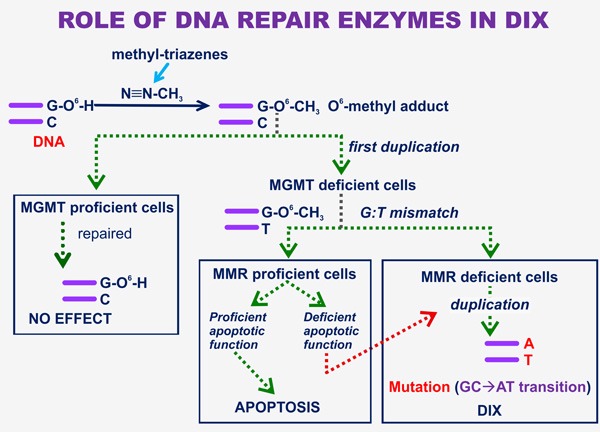Figure 4. The role of DNA repair enzymes in DIX.

The end-metabolic product of triazene compounds of clinical use (i.e. DTIC and temozolomide) is diazomethane [46] that reacts with the oxygen-6 of DNA guanine, generating an O6-methyl adduct. If target tumor cells express high levels of the DNA repair MGMT that acts as methyl acceptor molecule, all adducts are rapidly repaired and triazene treatment is totally ineffective. On the other hand, if MGMT levels are low or are down-regulated by MGMT inhibitors (e.g. Lomeguatrib, [202]), the adduct is stable and a mismatch signal is generated by C:O6-MeG, and after one duplication by frequent G:T mismatches. If the cells express a fully active MMR system and the apoptotic function is not compromised, triazene treatment results in target cell apoptotic death. Alternatively, if neoplastic cells are MMR deficient or their apoptotic pathways do not work properly, malignant growth normally goes on and mutation of G:C -> A:T transition type frequently occurs, leading to DIX appearance.
